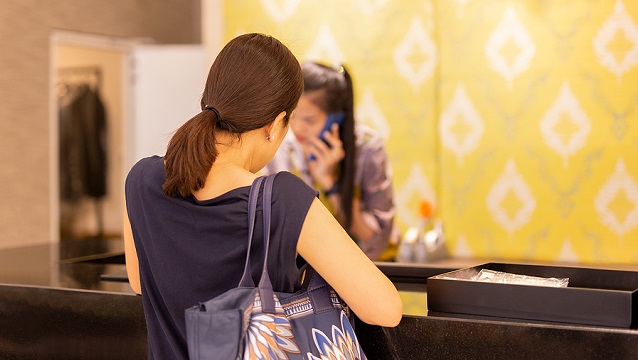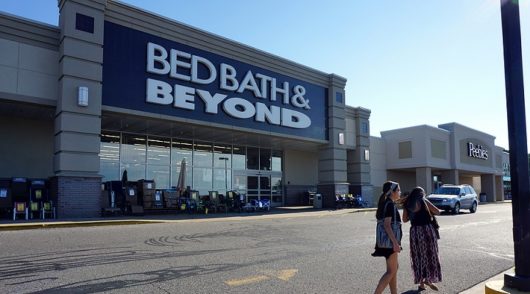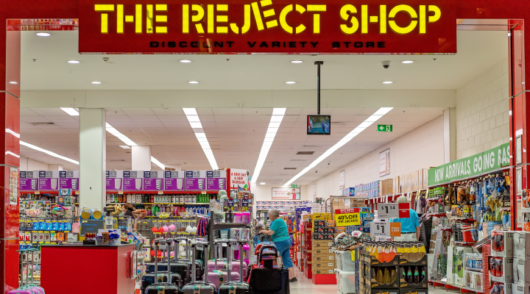
Retail spending climbed 2.4 per cent in June, as Australians returned to once-shuttered cafes and restaurants and fashion retailers.
Turnover rose 8.2 per cent when compared to the same period last year.
NRA chief executive Dominique Lamb said that spending increases in hospitality and fashion retail were expected, but that the sectors still ultimately fell short of this time last year.
The increase in spending at cafes, restaurants and takeaway services exceeded 20 per cent, but remain below the levels seen in 2019. Clothing, footwear and personal accessories rose by around 19 per cent, but also remained below levels seen last year.
“It was the first full month that restaurants and clothing stores had been allowed to trade, with many being forced to close in April and May,” said NRA CEO Dominique Lamb.
And, though June showed some signs of recovery after a number of lockdown measures were eased, the return to lockdown in Victoria and a spike in cases elsewhere in the nation are likely to impact sales and confidence in July, ARA chief executive Paul Zahra said.
“The preliminary June data provides a glimpse of what demand may look like once COVID-19 restrictions are permanently lifted, and it’s a healthier picture with a good appetite for spending,” said Zahra.
“However, not everyone is experiencing growth. We currently have a two-speed retail economy, with retailers in Victoria and those in CBD and tourist-dependent locations the hardest hit.”
Looking forward, the upcoming October to December quarter could be a “make or break” moment for many retailers, with a wind-back of government stimulus and months of less-than-average retail sales since the bushfires likely to impact a potentially slower Christmas quarter.
“Ultimately, the outlook for retail is positive, but we won’t see that for some time. The road to recovery remains challenging,” Zahra said.
Lamb, aswell, remains cautious about the next few months in the industry – with the recent months of volatility demonstrating retail is “far from out of the woods”.
“We can’t accurately assess how retail is travelling by looking at one month in isolation. In the last four months’ turnover has fluctuated wildly due to panic-buying, lockdown restrictions and economic uncertainty,” Lamb said.
“The second-wave of COVID-19 infections in Victoria, along with the subsequent reimposition of restrictions, underlines that the future is far from certain.”
E-commerce picks up some slack
And although June saw Australians return to the streets and enjoy bricks-and-mortar retailing, the return to a period of Covid-19 uncertainty has seen e-commerce once again boom, according to eStore Logistics chief executive Leigh Williams.
“So far in July, ecommerce activity dropped significantly in the first few weeks as consumers enjoyed their time out of lockdown and slowed down on purchases,” Williams said.
“However, since Victoria’s lockdown, we have again seen record levels of online purchases, despite consumers having already purchased necessary working-from-home office or leisure items.”
Long-term, Williams warned, retailers should expect that industry segments such as health and beauty are unlikely to return fully to pre-Covid habits of buying in bricks-and-mortar.





